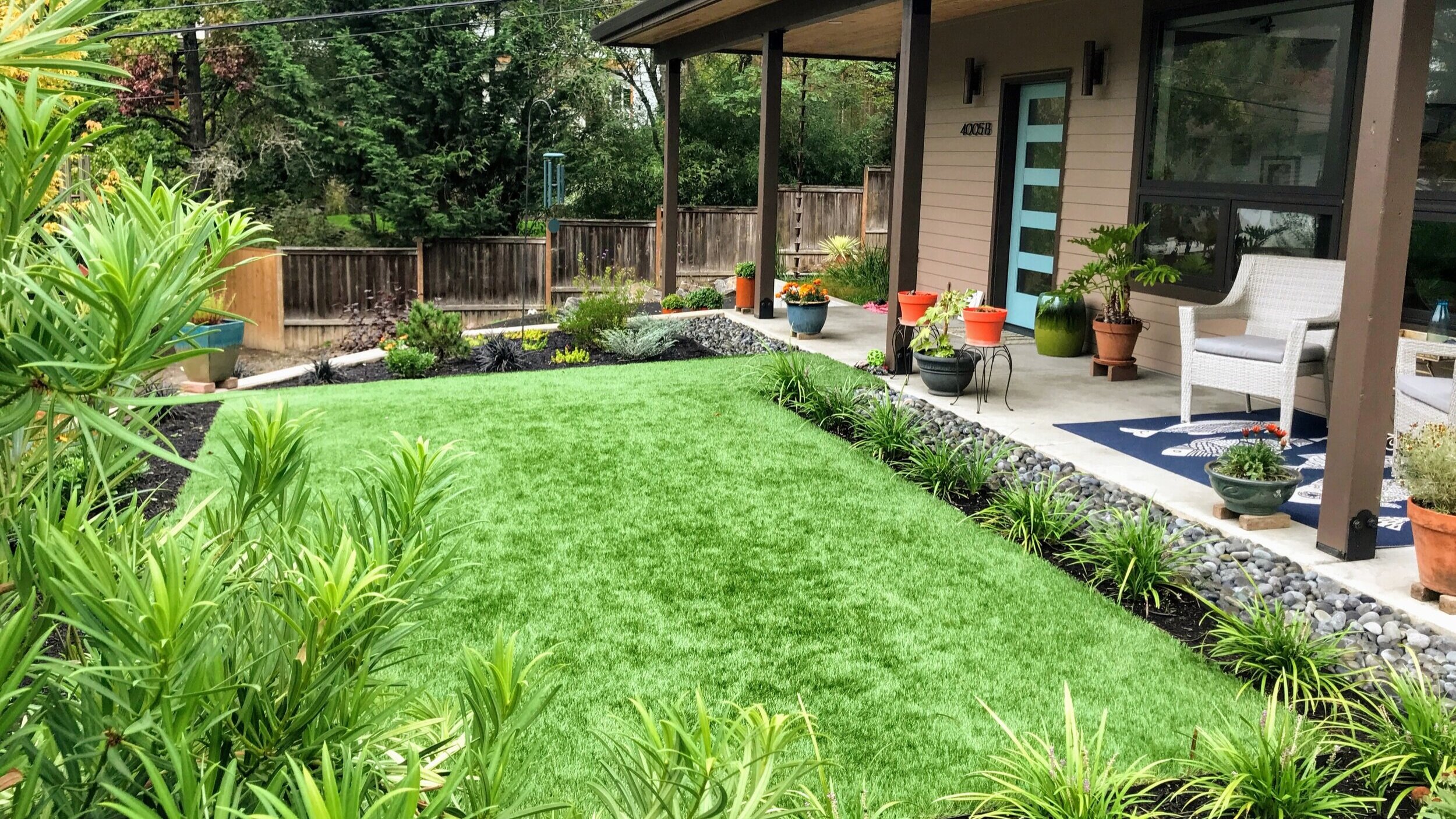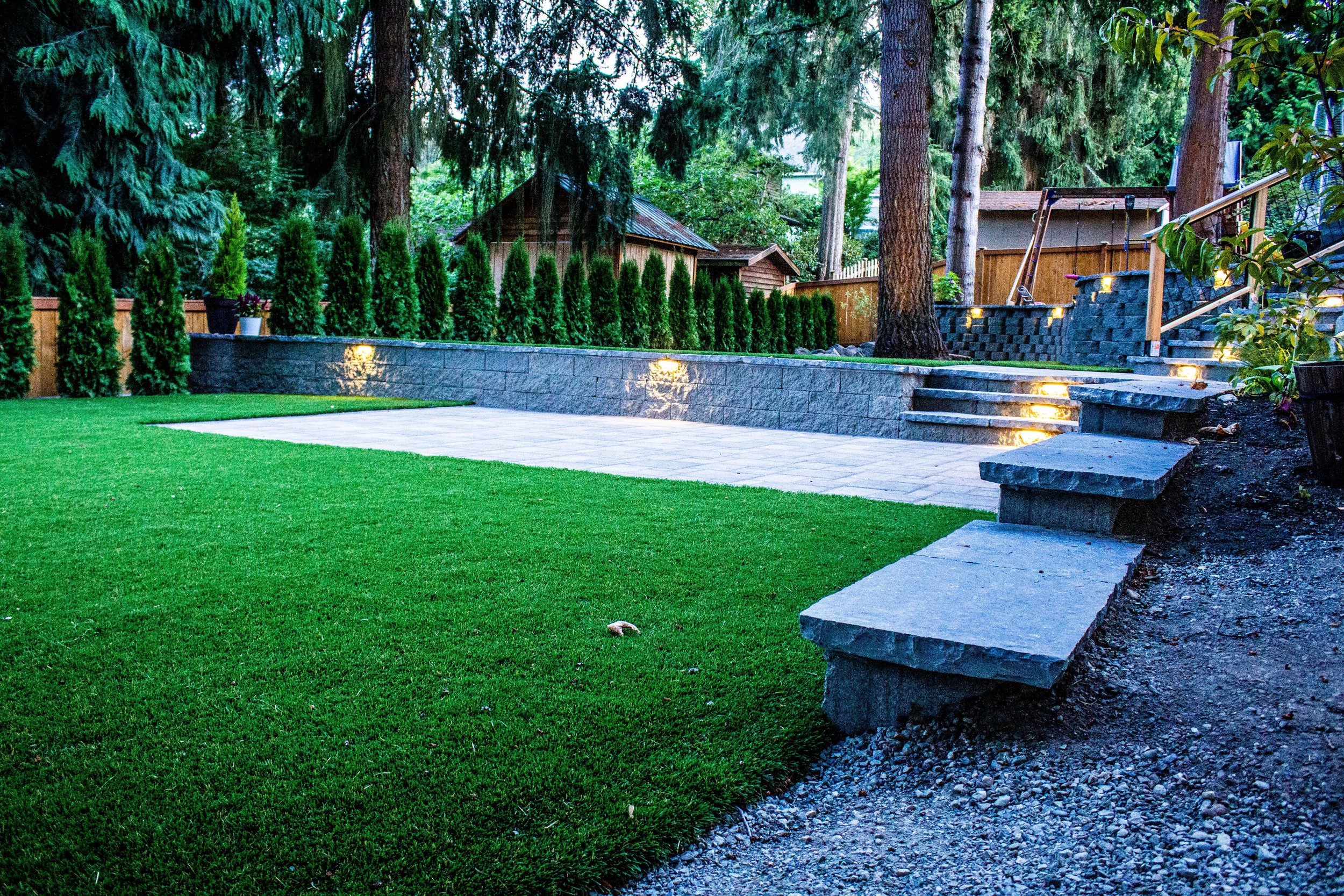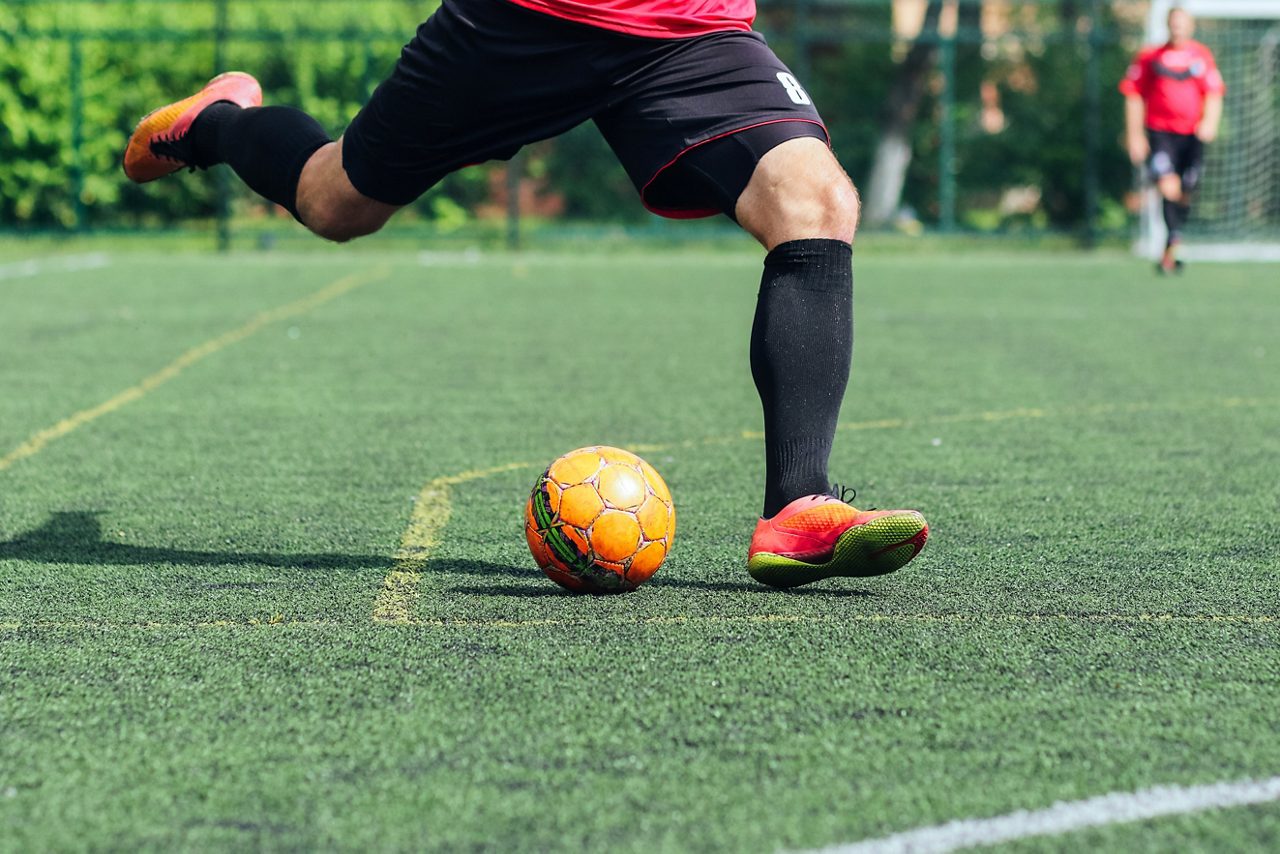Top-Grade Arizona Turf Solutions for a Beautiful and Lush Landscape
Top-Grade Arizona Turf Solutions for a Beautiful and Lush Landscape
Blog Article
Explore the Environmental Advantages of Opting for Artificial Turf Solutions
The adoption of synthetic grass options provides an engaging possibility to address pushing ecological challenges. By considerably reducing water usage and lessening the application of unsafe chemicals, these options not just advertise sustainable landscape design however likewise shield local ecosystems. The reduced carbon footprint linked with reduced upkeep activities contributes to an extra sustainable strategy to land management. The effects of these benefits prolong past mere preservation efforts, elevating questions regarding their long-lasting effect on habitat conservation and overall eco-friendly equilibrium. Discovering these dimensions reveals a complicated interplay worth thinking about.
Water Conservation Advantages
Among one of the most considerable benefits of man-made lawn is its ability to conserve water. Typical lawn yards need considerable irrigation, particularly in locations prone to drought or water restrictions. On the other hand, synthetic grass does not require watering, dramatically lowering the general demand for water sources. This function is especially helpful in arid regions where water deficiency is a pushing worry.
By getting rid of the need for normal watering, synthetic turf adds to sustainable landscape techniques and helps alleviate the environmental impact of too much water consumption. Moreover, the preservation of water includes the decrease of drainage, which can bring about dirt erosion and waterway pollution.
Additionally, the setup of man-made turf allows communities and property owners to assign water resources extra efficiently, focusing on vital uses such as drinking water and farming. The change in the direction of synthetic grass not only promotes accountable water usage yet additionally aligns with broader environmental objectives targeted at preserving natural resources.
As neighborhoods progressively focus on sustainability, the water preservation advantages of synthetic grass offer an engaging instance for its fostering in business and property landscaping jobs.
Minimized Chemical Use
The change to synthetic grass significantly decreases the dependence on chemical treatments generally used in natural yard maintenance. Traditional turf management normally involves the application of herbicides, chemicals, and plant foods to advertise growth and control insects. These chemicals can position dangers to human health, neighborhood wild animals, and the environment, adding to dirt and water contamination.
In contrast, artificial grass gets rid of the requirement for these hazardous substances. As soon as installed, it calls for marginal maintenance, mainly being composed of routine cleaning and seldom infill replenishment. This decrease in chemical usage not just profits the immediate setting however also adds to more comprehensive eco-friendly stability. By minimizing the release of artificial compounds right into the environment, synthetic lawn advertises healthier dirt and water supply.
Additionally, the absence of chemical overflow related to synthetic turf setups assists shield local waterways from contamination, sustaining aquatic life and preserving biodiversity. Arizona turf. As areas significantly prioritize sustainable methods, choosing synthetic grass provides a sensible solution that lines up with ecological preservation goals. Through this shift, home proprietors can enjoy rich eco-friendly areas without compromising ecological health and wellness, leading the method for an extra sustainable future
Lower Carbon Footprint

Moreover, the installment of synthetic grass can lead to significant water preservation. Natural yards call for substantial quantities of water for watering, which not only includes in the carbon footprint connected with water removal and therapy yet additionally strains regional water resources. On the other hand, man-made lawn requires marginal upkeep, calling for no watering, thereby dramatically decreasing water usage and its connected energy costs.
Additionally, the longevity of synthetic grass adds to its decreased carbon influence. With a life-span of as much as 15 years or more, the requirement for regular replacements is reduced, causing much less waste and reduced energy consumption in manufacturing and dealing with conventional grass alternatives. Overall, fabricated lawn provides a sustainable choice for ecologically conscious landscaping.
Environment Conservation
Environment preservation is an essential factor to consider in the dispute over landscaping choices, particularly when contrasting synthetic grass to natural grass. Natural yard lawns typically require considerable maintenance, consisting of making use of herbicides, chemicals, and fertilizers, which can detrimentally affect regional ecosystems. These chemicals can leach into the soil and waterways, damaging native flora and fauna and disrupting neighborhood habitats.
On the other hand, synthetic grass presents a possibility to decrease the eco-friendly footprint of landscaping. By selecting artificial turf, property owners can decrease the disruption of all-natural environments related to standard lawn treatment practices. Synthetic grass eliminates the requirement for hazardous chemicals, thereby safeguarding nearby wild animals and maintaining the honesty of surrounding communities. Additionally, the setup of synthetic grass can lead to the conversion of previous yard locations right into even more biodiverse landscapes, such as pollinator gardens or indigenous plant locations, which can support regional wildlife.
Eventually, the shift to synthetic grass not only conserves water and decreases upkeep efforts yet additionally promotes a much more unified relationship in between human activities and the natural setting, advertising environment conservation in the process.
Long-Term Sustainability
Lasting sustainability is an important consider reviewing the benefits of man-made turf over typical yard yards. Among the most considerable advantages of synthetic grass is its durability; it can last approximately 15-20 years with marginal maintenance, whereas all-natural yard calls for constant reseeding and substitute. This durability reduces the requirement for constant resources, such as water, fertilizers, and pesticides, which are vital for keeping a healthy yard address yard.
Additionally, synthetic grass contributes to a reduction in carbon emissions linked with lawn care equipment. Traditional yards usually need gas-powered mowers, leaners, and blowers, every one of which add to air pollution. Arizona turf. On the other hand, man-made lawn gets rid of the need for such tools, advertising a cleaner environment
Furthermore, the manufacturing of synthetic grass increasingly utilizes recycled materials, boosting its sustainability account. As suppliers take on environment-friendly practices, the ecological footprint of man-made lawn proceeds to diminish.

Verdict
The fostering of synthetic grass services provides considerable ecological advantages, including significant water preservation, minimized reliance on unsafe chemicals, and a lower carbon footprint. Moreover, man-made lawn aids in preserving all-natural environments by reducing land disruption and promoting long-term sustainability with making use of resilient materials. Collectively, these factors highlight the potential of synthetic grass to add positively to ecological health and wellness and offer a practical alternative to typical landscape design practices in an increasingly resource-conscious world.
In contrast, man-made turf does not need watering, substantially reducing the overall demand for water resources. By reducing the release of synthetic substances right into the environment, synthetic lawn promotes much healthier dirt and water systems.
Additionally, the setup of man-made turf can look at these guys result in substantial water preservation. In comparison, artificial turf requires marginal upkeep, calling for no watering, consequently considerably minimizing water use and its connected power expenses.

Report this page